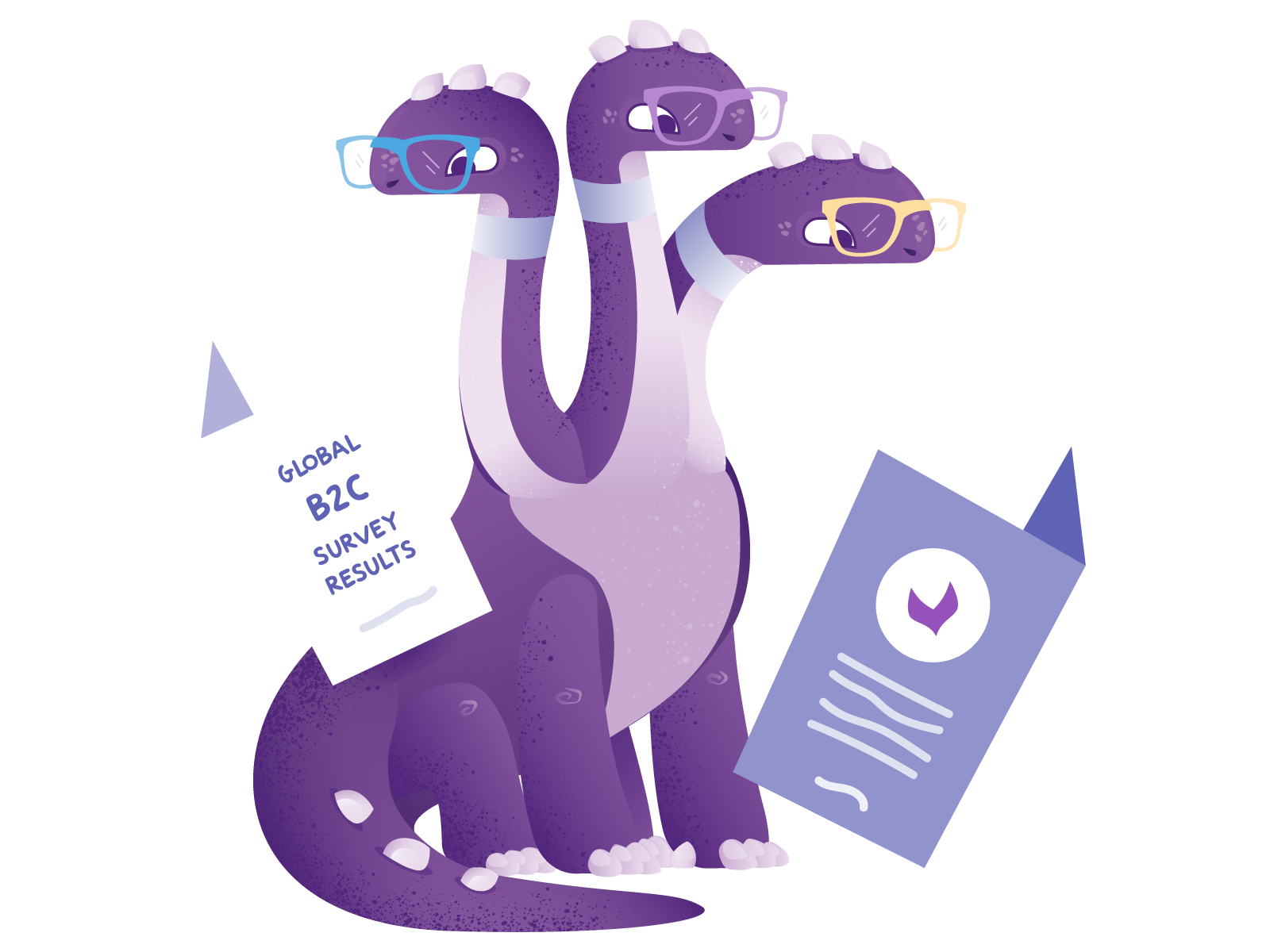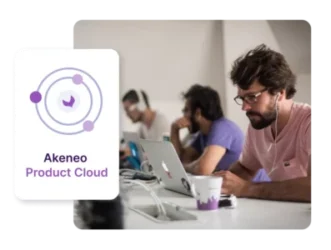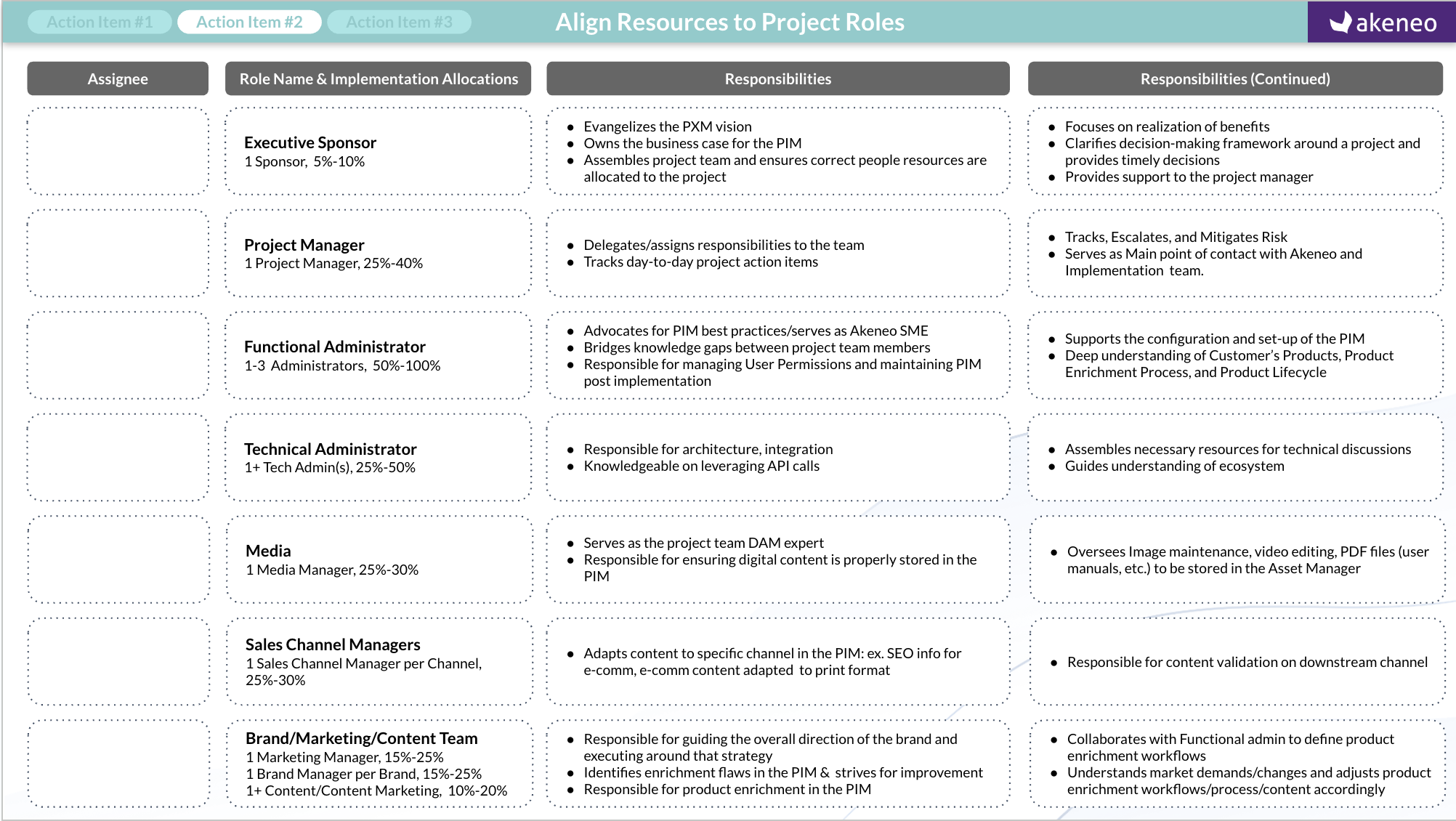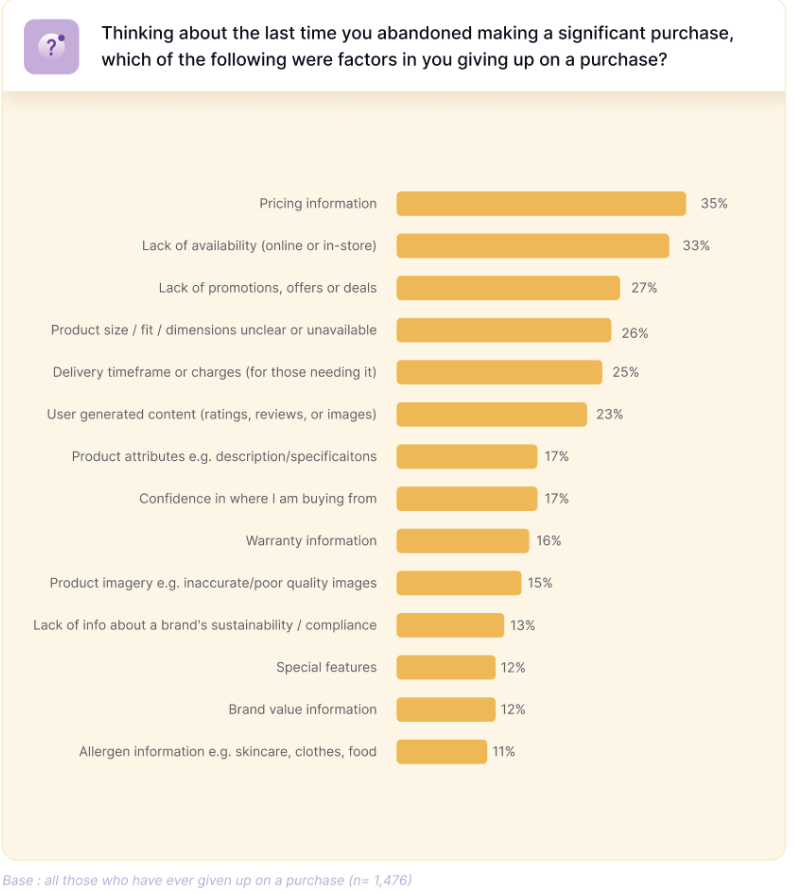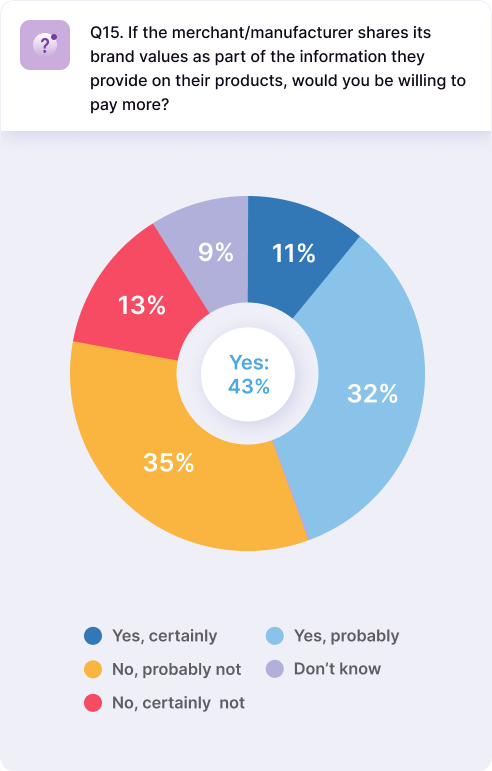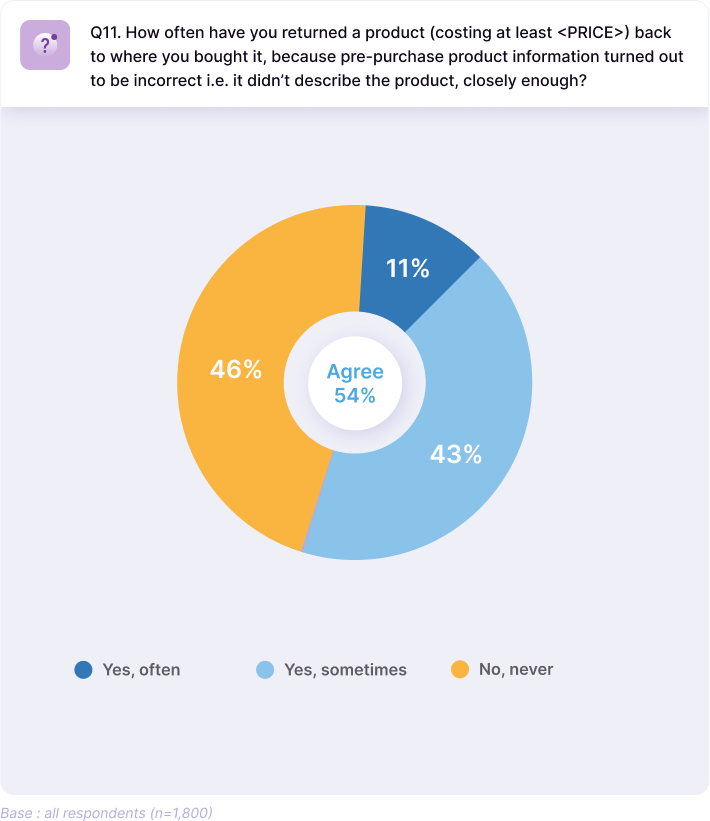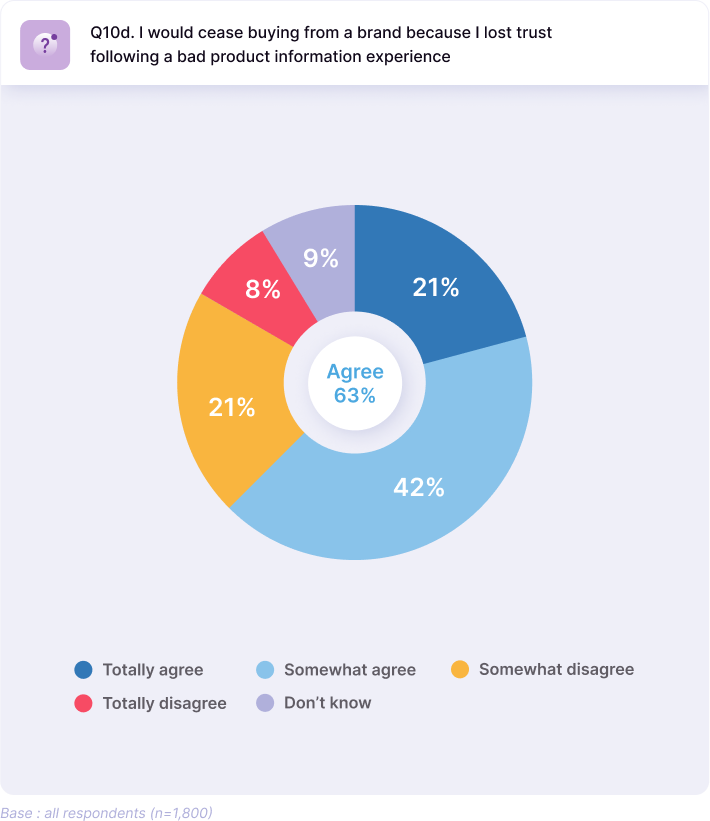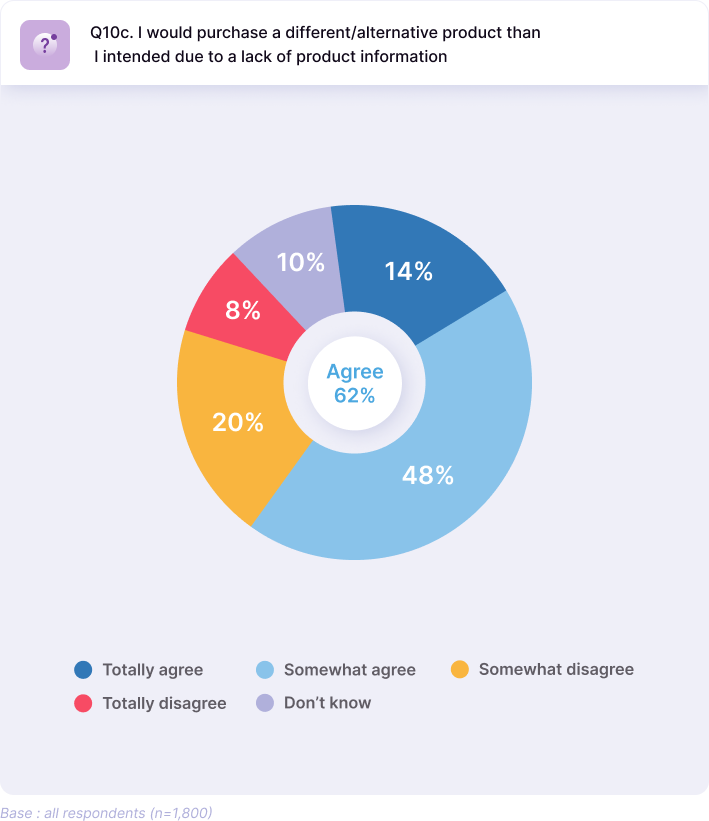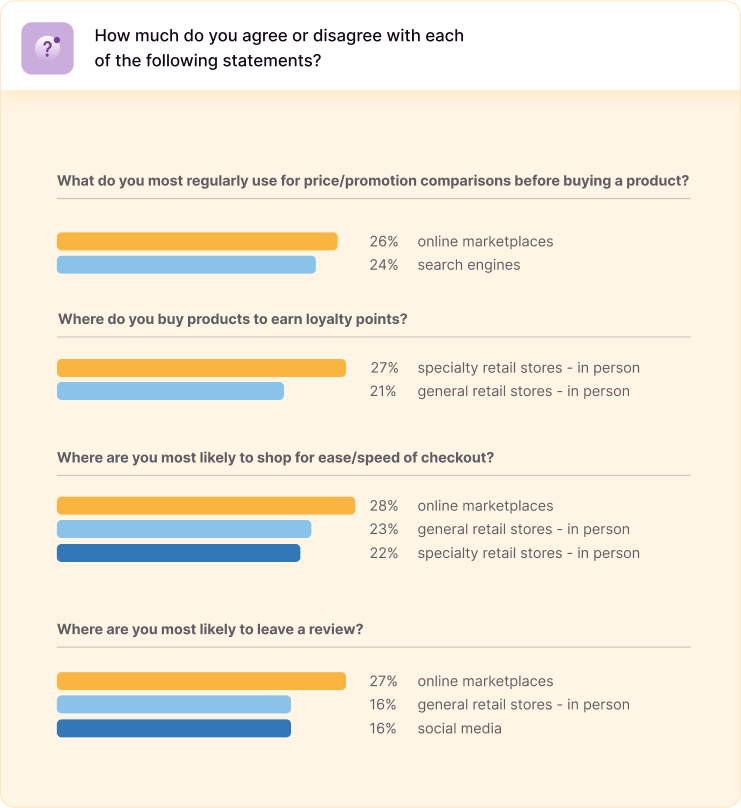The Power of Purpose: Harnessing Product Information to Connect with Consumers
Discover how brands communicate their support for sustainability, inclusivity, disability accessibility, and education through product information and transparent business practices.

Our 2023 Global B2C Survey uncovered that two-fifths of consumers have declared their willingness to pay more for brands that proudly showcase their core values. And it’s not just a passing fad; we also found that these consumers are prepared to invest an average of 18% more for products that weave meaningful brand values into their very fabric.
But what actually matters most to consumers these days, and how can your brand ensure that you’re effectively communicating your investment in these areas? Let’s take a look at four pathways to breathe life into your brand’s core values through product information, forging an unshakable connection with your customers.
1. Sustainability
With sustainability becoming a major concern for consumers, brands need to prioritize communicating their efforts in this area. Our B2C Survey revealed that 35% of customers consider sustainability a crucial piece of product information. Moreover, a staggering 63% of consumers stated that they would stop buying from a brand if they lost trust due to a lack of transparent and accurate product information. To communicate your sustainability efforts effectively, brands must have access to the right product information that can be syndicated across all customer touchpoints.
One effective way to achieve this is through Digital Product Passports, which will soon be required by law for any organization that sells or conducts business within the EU. These passports require organizations to gather data on a product and its supply chain and share it across entire value chains so all actors, manufacturers, repairers, and consumers better understand the environmental impact of the materials and products they use. Not only does this promote sustainable and ethical supply chain communication, but it also provides consumers with the information they need to make an educated purchase that aligns with their desire to protect the planet.
2. Disability Accessibility
Inclusivity is another critical aspect of a brand’s values that can be conveyed through product information. Ensuring that your website and products are accessible to people with disabilities, such as those with hard of hearing or blindness, is essential. Having the right product information in the appropriate places enables these individuals to effectively utilize assistive tools, like screen readers that convert on-screen text into synthesized speech or Braille output, and have an equally enjoyable browsing experience.
In order to provide additional information to these assistive technologies, a set of attributes referred to as ARIA (Accessible Rich Internet Applications) can be added to HTML elements. These attributes help screen readers and accessibility tools understand the interactive elements, live regions, and dynamic content on a web page, improving the user experience for individuals with visual disabilities. By clearly identifying interactive elements, users can efficiently interact with the website and perform actions like adding products to their cart or submitting forms. ARIA attributes can also be applied to indicate when a product is currently out of stock or unavailable for purchase, or used to describe visual elements like product images, all of which require the appropriate product information around product availability or image alt-text to be readily available.
2023 B2C Survey Results Report
3. Size/Gender inclusivity
Though these values tend to apply specifically to fashion brands, size and gender inclusivity is an important aspect of a brand’s value set that consumers are increasingly prioritizing in their purchase decisions. In a world that celebrates uniqueness and diversity, brands that embrace size and gender inclusivity in their product information are paving the way for a more inclusive and accepting shopping experience.
One of the most powerful ways to promote size inclusivity is through product photos that reflect the diversity of your customer base. Rather than showcasing products solely on models with conventional body types, fashion brands can feature their products on models of various sizes and appearances.
Accurate and inclusive size guides are another essential component of size inclusivity. Providing detailed measurements that cater to a wide range of sizes ensures that customers can confidently choose the perfect fit for their unique body shape.
And it’s not just size inclusivity that’s a hot topic; rigid gender norms are also being challenged more and more frequently. To stay ahead and foster a more positive shopping experience for all customers, brands should reconsider their approach to gender categories. Instead of strictly dividing products into traditional men’s and women’s sections, consider providing options for non-binary individuals and those who prefer gender-neutral clothing by offering gender-inclusive product categories or providing gender-neutral options for certain items. Beyond product images and categories, the language and messaging used in product information also play a crucial role in promoting inclusivity. Avoid gender-specific language when it’s unnecessary, and opt for gender-neutral terms that resonate with a broader audience. This simple yet powerful gesture goes a long way in establishing an emotional connection with customers, signaling that your brand respects and values their identities.
4. Back to School/Education
For brands looking to support education and back-to-school initiatives, effective communication of product information is crucial. Running a campaign where a portion of sales goes to a local school requires accurate information about qualifying products, the percentage of the price being donated, and precise tracking of contributions. Transparent and accurate product information instills trust in customers, assuring them that their purchases are making a genuine difference in supporting education.
Plus, back-to-school season provides an opportunity for brands to connect with a large influx of customers on major retailer websites that have historically carried out back-to-school campaigns like Target, Walmart, and Amazon. Product detail pages serve as the frontline in capturing customers’ attention and driving conversions on these sites – brands should ensure that their product information is comprehensive and engaging across every retailer platform. This includes high-quality images and videos that showcase products in action, user reviews that build credibility and trust, accurate stock availability to prevent disappointment, and shipping estimates that manage customer expectations. A compelling presentation of product information captures shoppers’ attention, fosters trust, and ultimately encourages them to choose your brand over competitors during the back-to-school rush. By providing well-prepared and informative product detail pages, brands significantly boost their credibility and visibility in crowded online marketplaces.
Beyond the technical aspects of product information, storytelling holds the key to forging a deep emotional connection with customers during the back-to-school season. Brands can leverage narrative videos and behind-the-scenes stories to communicate their commitment to education and the community. Share heartwarming stories of how the campaign impacts local schools, highlighting the real difference it makes in students’ lives. Personal anecdotes and testimonials from educators, students, and school administrators further solidify the brand’s dedication to supporting education.
As consumers become more discerning about the values and practices of the brands they support, it is imperative for businesses to invest in creating product content that highlights and reinforces these values. By leveraging product information effectively, such as through narrative videos and behind-the-scenes stories, brands can build a deeper connection with their customers. Transparent, accurate, and inclusive product information not only facilitates informed decision-making but also builds trust and loyalty with consumers who share similar values. Embracing communication of brand values through product information can lead to more significant customer engagement and increased brand reputation in today’s value-driven market.
To learn more about how to utilize product information to communicate your brand’s value and gain deeper insights into trending consumer behavior, be sure to check out the full 2023 B2C Survey Results Report.
2023 B2C Survey Results
Download the latest version of our annual report to discover emerging consumer behavior, technological trends, and actionable insights on improving product experiences.
